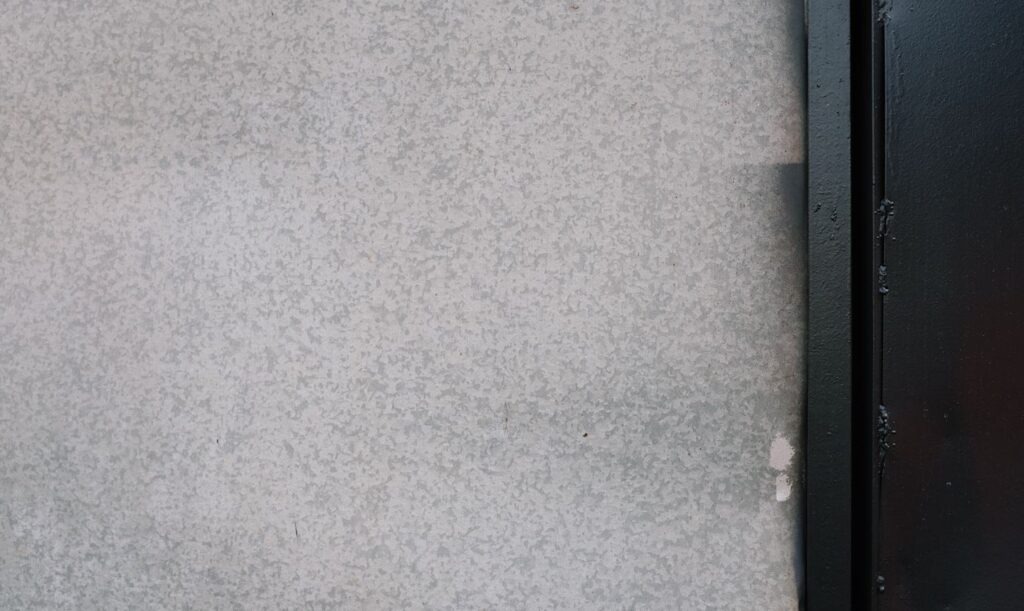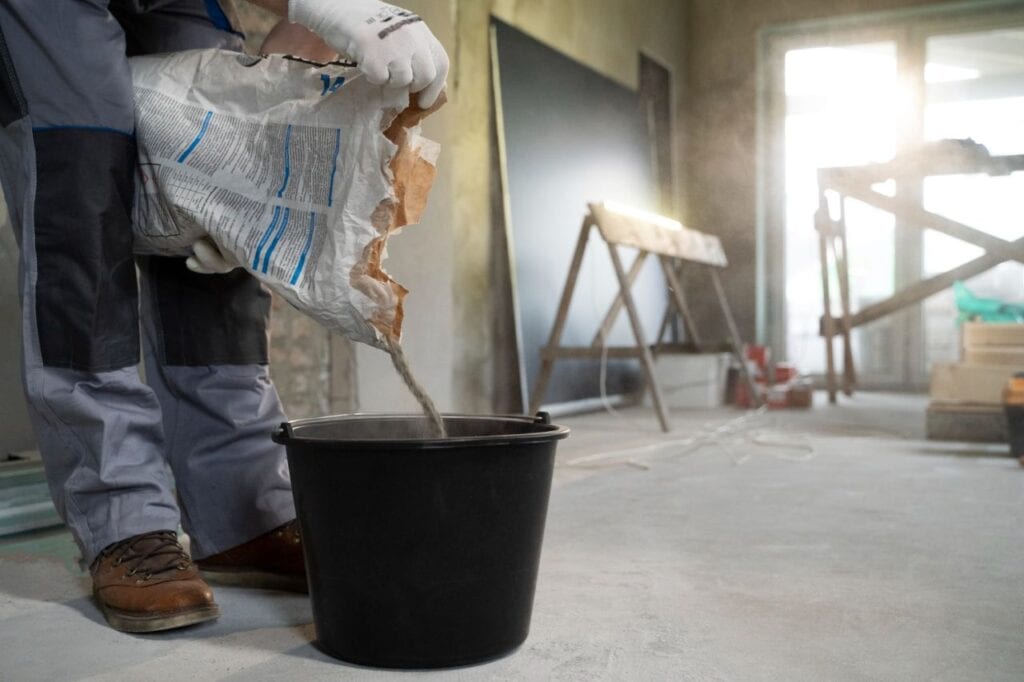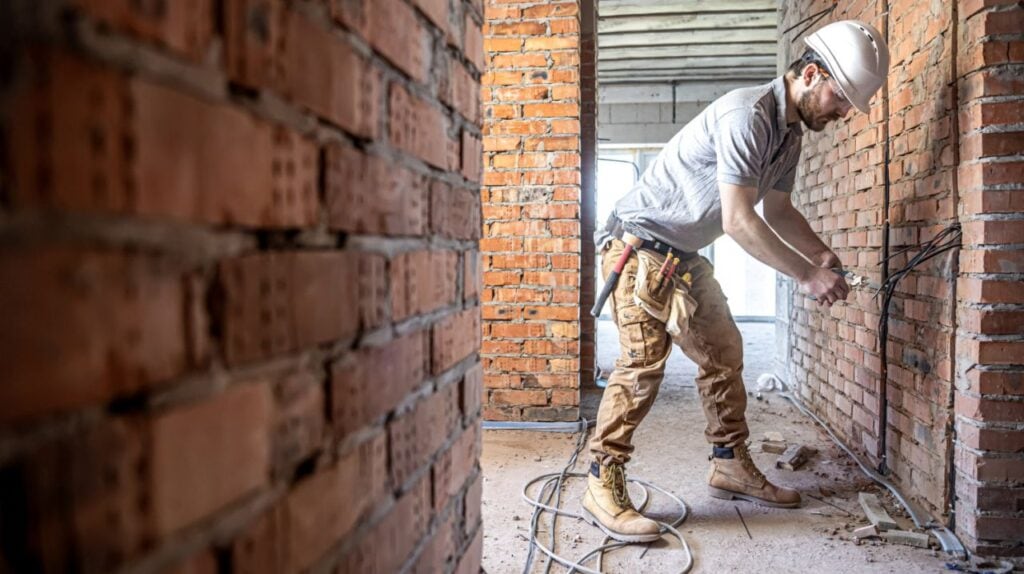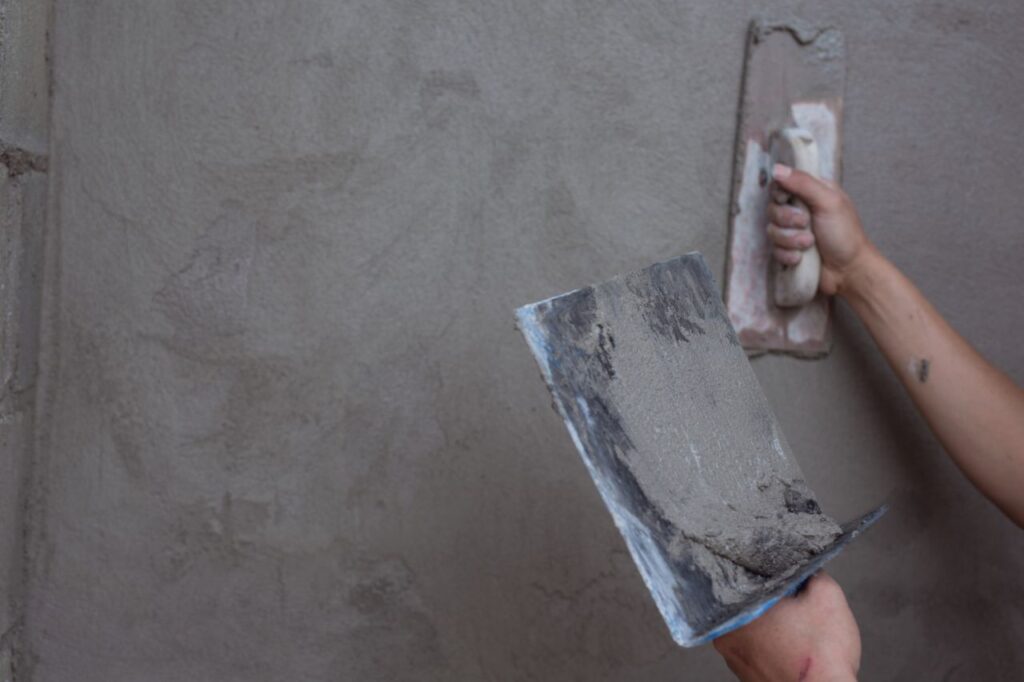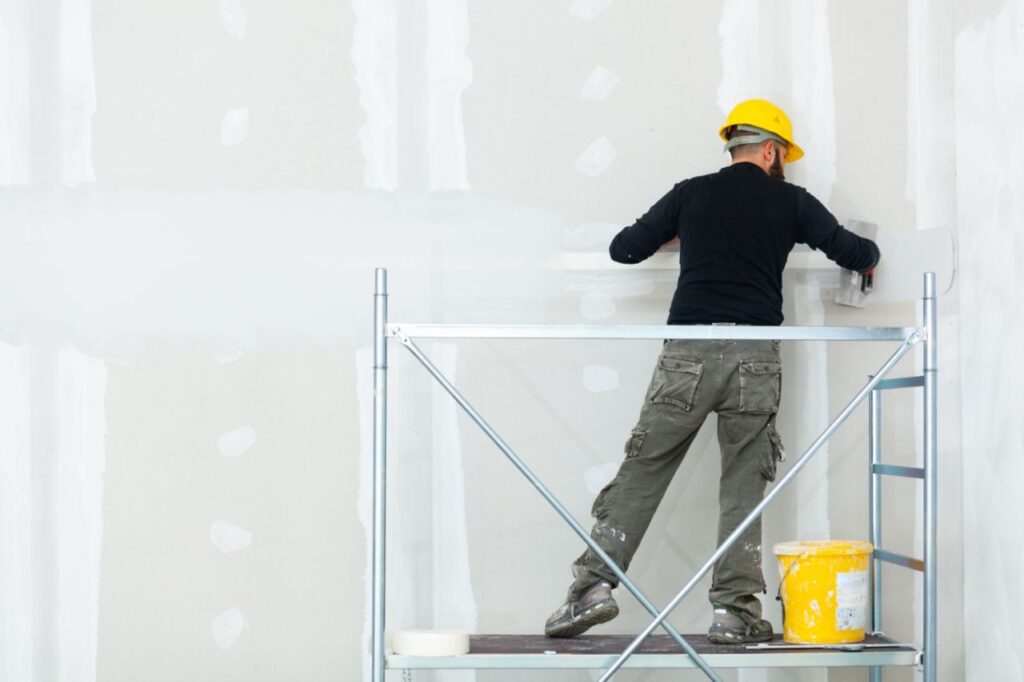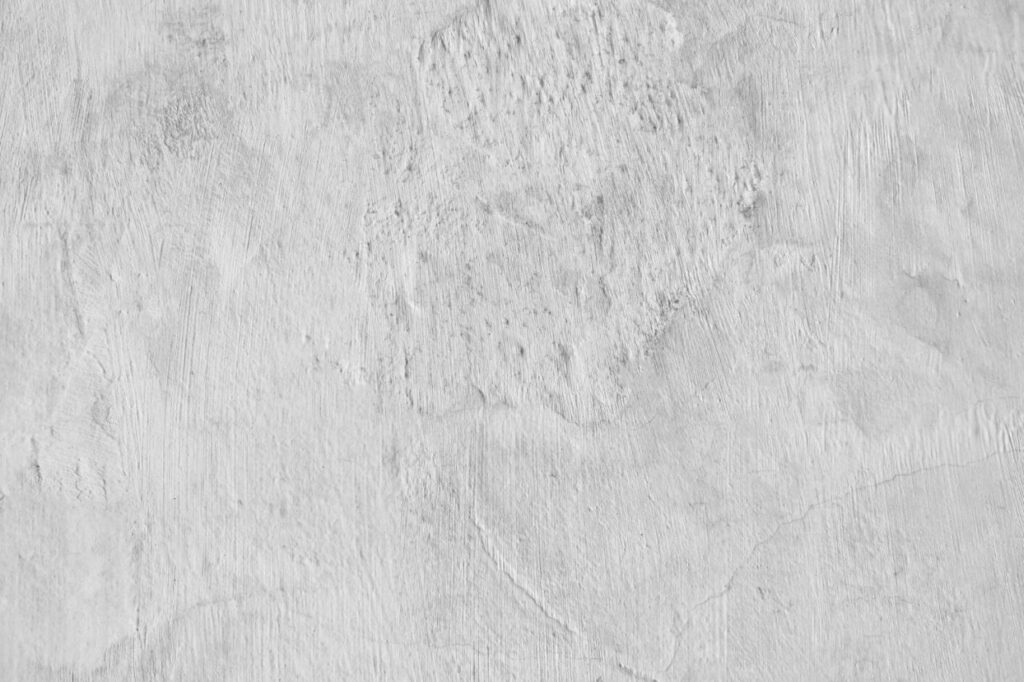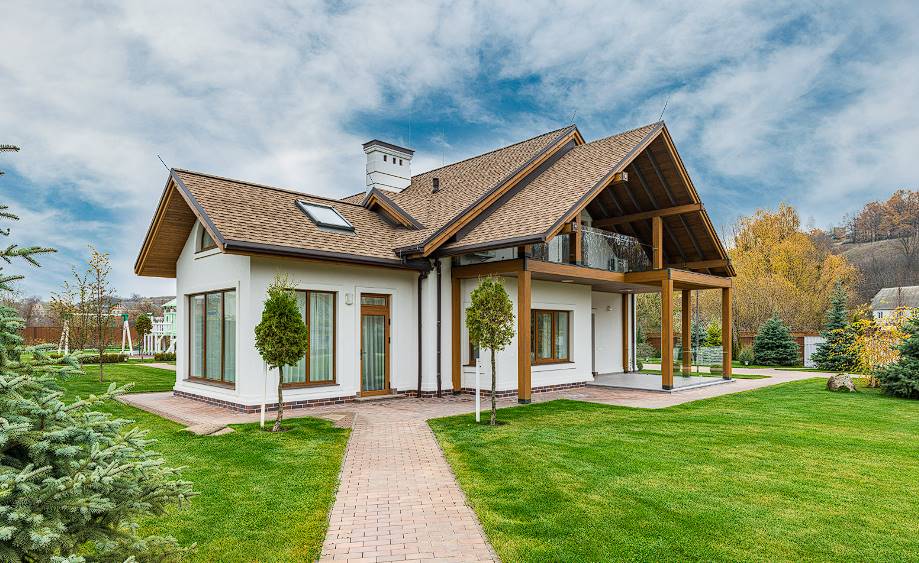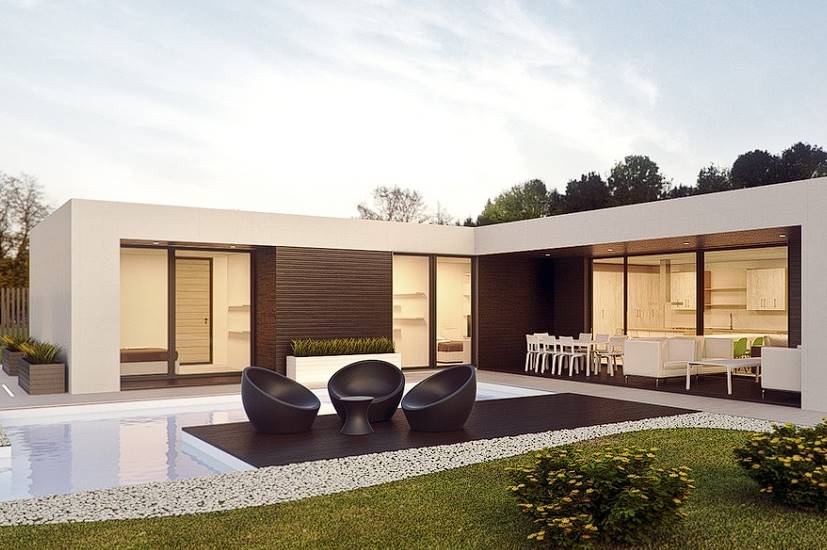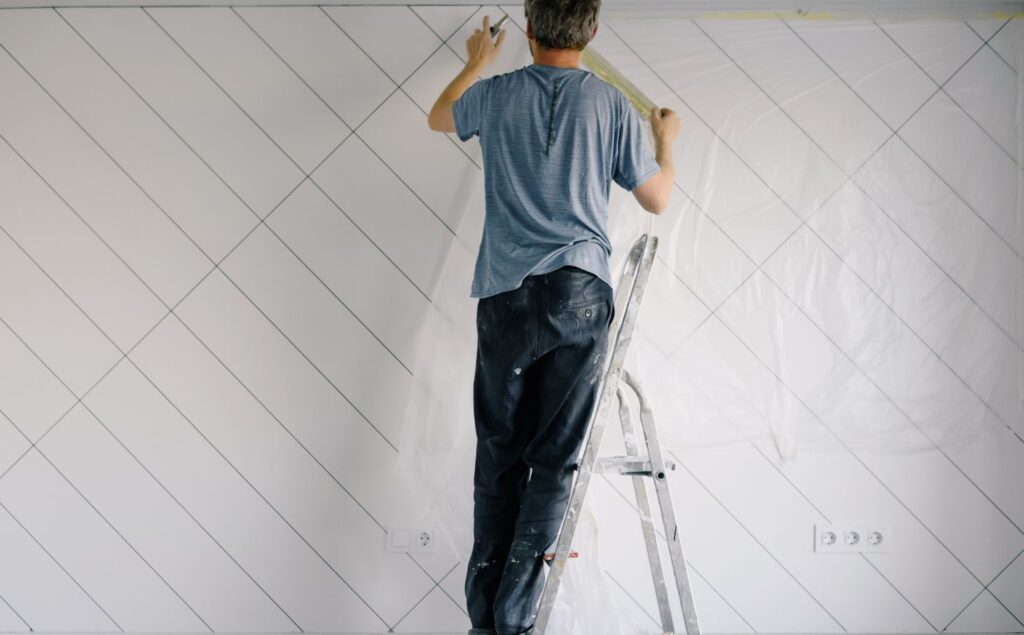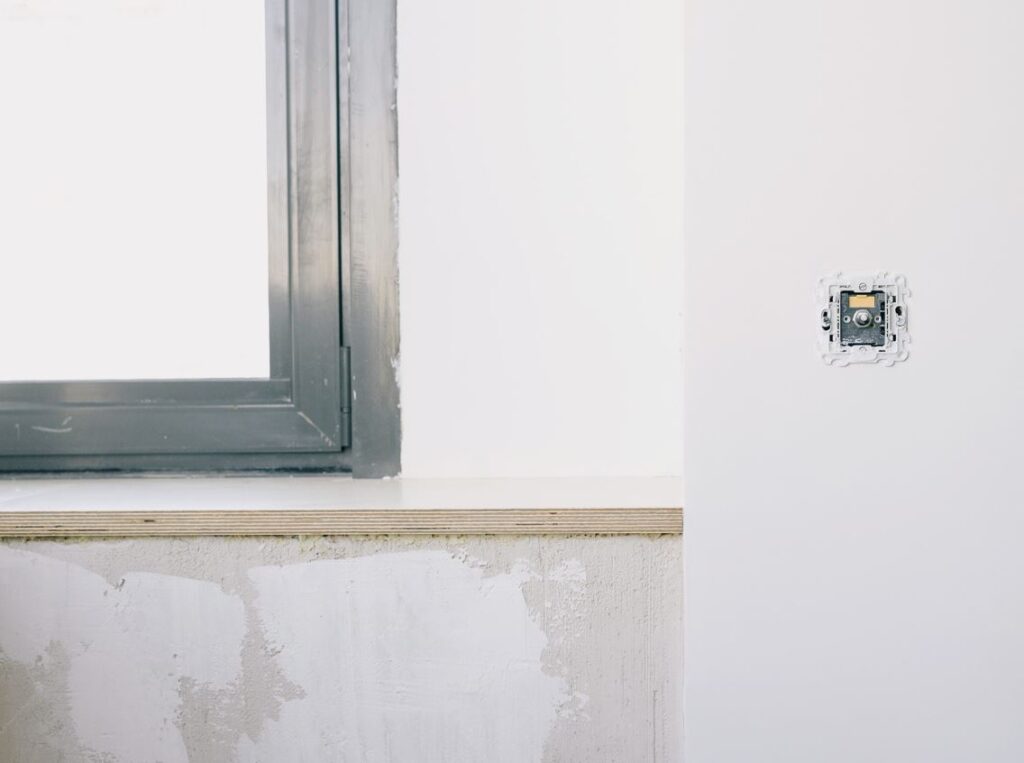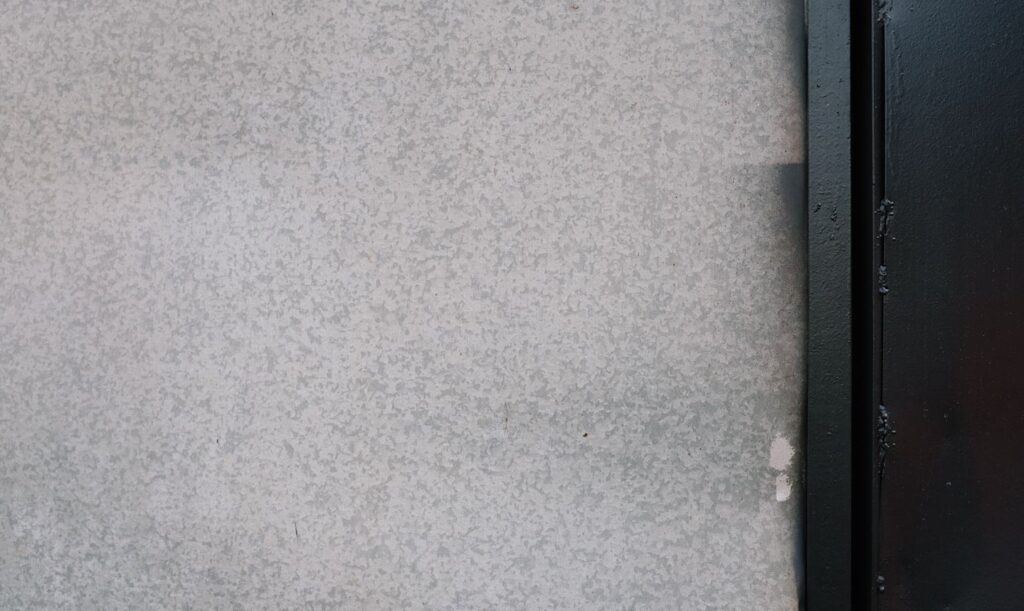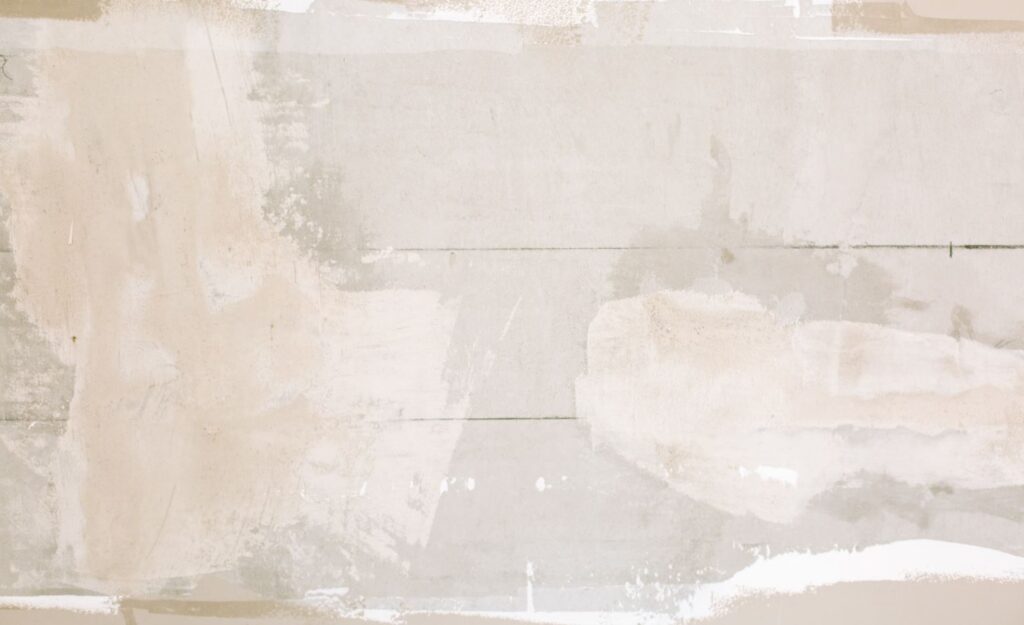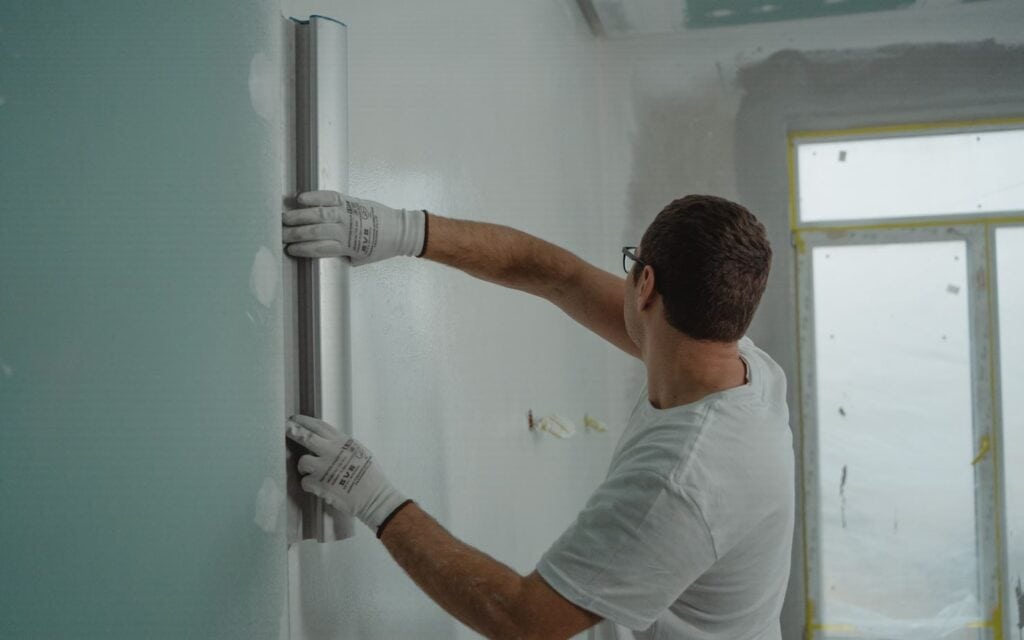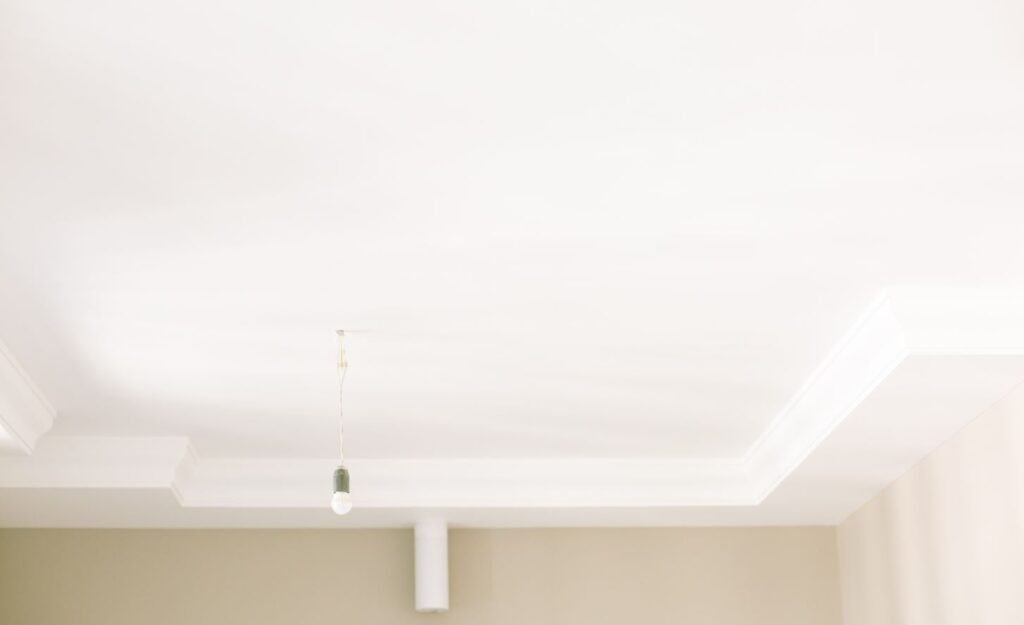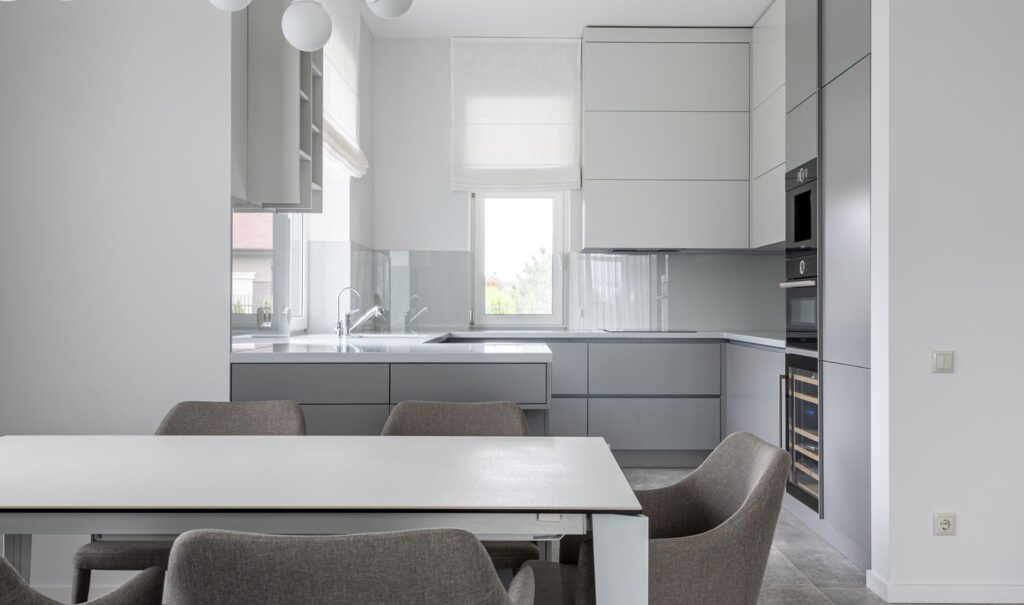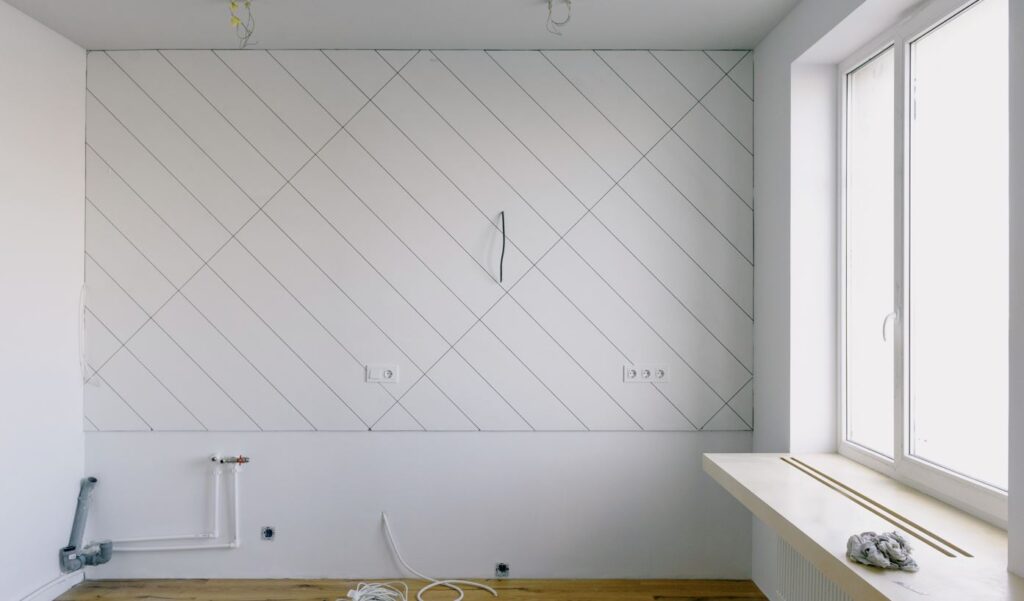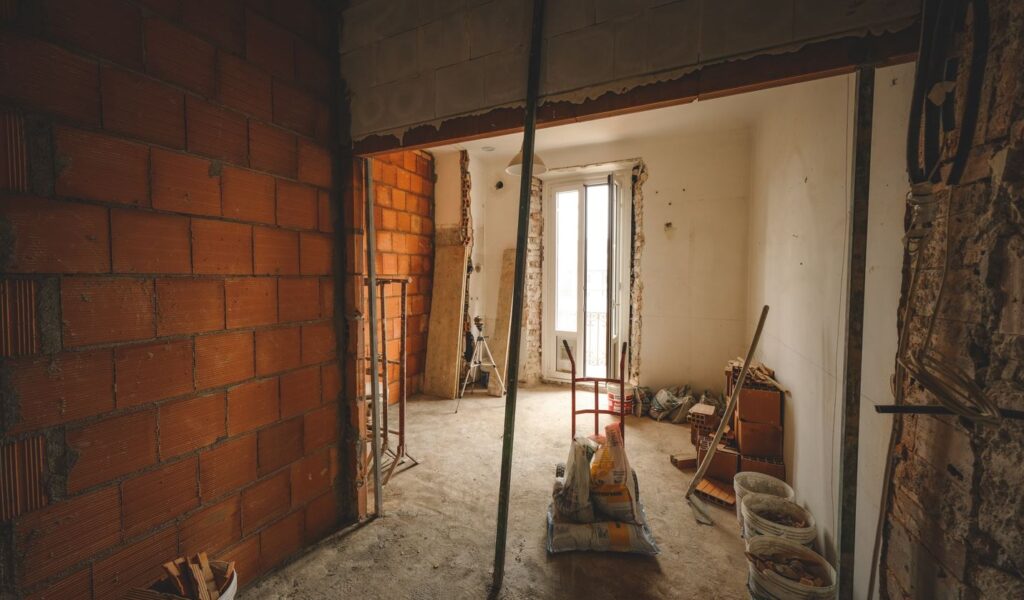When is a plaster coat necessary, and what is its function? The preparation of the plaster base coat is critical to the completion of a plaster project with a perfect and long-lasting finish.
The first coat of plaster, often called a scratch coat and brown coat, is the substrate upon which the subsequent coats of plaster will be applied. Its function is to create a uniform surface by hiding flaws and ensuring a solid connection between the base and the finishing coat of plaster.
Plasterers always start with a base coat to ensure the longevity and integrity of the finished product.
The base coat is usually made from sand, cement, & water, with optional additives to boost adherence and manipulability. Plaster is placed on masonry, cement, or drywall with a trowel and perhaps a plastering machine in a thin layer.
After the base coat has had time to dry, the final coat of plaster can be poured, producing a smooth, even surface. Hence, a plaster base coat lays a solid groundwork for a finished plastering project that will last.
The Importance Of A Plaster Base Coat
Plaster base coats are crucial to producing a high-quality, long-lasting plaster finish, and their significance cannot be emphasised. Some of the most important reasons to apply a base coat of plaster are as follows:
- Surface Preparation: Before applying the final coat of plaster, the substrate needs to be prepared adequately. A plaster base coat provides a smooth and even surface by filling in gaps, cracks, and imperfections on the substrate. This preparation ensures that the final plaster finish appears flawless and visually appealing.
- Enhanced Durability: The base coat shields the substrate from damage. It protects the substrate from moisture, impacts, and many other external influences, extending the life of the plaster system. The durability of the final product depends on the quality of the base coat.
- Improved Insulation and Soundproofing: The thickness of a plaster base coat offers an extra insulation barrier to the ceiling or wall. Its insulating quality aids in maintaining a consistent temperature, cutting energy costs and making for a more pleasant living or working space. The base coat further helps with soundproofing because it cuts down on noise transfer between rooms.
- Facilitates Adhesion: Plaster base coats serve as a bonding material between both the substrate as well as the final coat, which is one of their key roles. It generates a rough surface that strengthens the bond between the base coat and the top coat, avoiding problems like peeling, cracking, and delamination. The durability of such a plaster system depends on its ability to adhere properly.
- Uniformity and Aesthetics: Plaster foundation coats are used to ensure a smooth & consistent surface texture, both of which are necessary for an attractive plaster finish. It makes the last coat of plaster look flawless and professional by eliminating any rough spots.
A plaster base coat is essential for achieving a durable, insulating, soundproof, adhering, and aesthetically pleasing plaster finish, as well as for preparing the substrate. The optimal performance and long-term durability of the plaster system depend on the base coat's reliability in laying a firm groundwork.
Plaster Base Coat Application Procedure
Plaster base coat application is a multi-step process that must be followed carefully for optimal results. The steps involved are as follows:
- Surface Preparation: The substrate must also be prepped before the plaster base coat is applied. Before beginning, ensure there is no dirt, grime, or debris in the area. Take down any wallpaper, paint, or other coverings that may already be there. Before continuing, check the surface for any cracks or other damage that needs fixing.
- Mixing the Base Coat Materials: Cement, sand, but sometimes lime and gypsum make up the base coat of plaster. When preparing the base coat, follow the manufacturer's guidelines and directions. The ratios are flexible and may change based on the type of paint base coat utilised. To make a uniform, workable paste, use a combining container or a mixer.
- Applying the Base Coat: That used a trowel or even other plastering equipment, and start applying the base coat solution to the primed surface. Apply the base coat even in horizontal strokes, beginning at the bottom and working your way up. Make sure the base coat is applied without any clumps or uneven spots. Follow the manufacturer's guidelines for consistent thickness.
- Curing and Drying: The base coat requires drying and curing time after application. The plaster can now harden and become more durable thanks to this method. Things like temperature and humidity may affect the curing or drying times. Make sure to use the base coat in accordance with the manufacturer's directions. You should not touch the base coat while it is curing.
It's worth noting that precise instructions may change based on the base coat chosen and the manufacturer's suggestions. For the greatest outcomes, always consult the manufacturer's instructions and guidelines.
Plaster base coats, when applied correctly, provide a sturdy basis for both the final plaster and otherwise stucco coat. It makes the surface level and smooth, improves adhesion, and lengthens the life of the plaster.
Plaster Base Coat Types
Plaster base coats come in a variety of varieties, each with a unique set of desirable qualities and uses. The most typical varieties are as follows:
Base Layer Of Cement-Based Plaster
Plaster made with cement is widely used for both exterior and interior finishes. Cement, water, and sometimes other additives are the main components. Cement-based base coatings are ideal for high-moisture or high-impact areas due to their exceptional durability & resistance to moisture.
Base Coat Of Gypsum Plaster
Plaster made from gypsum is commonly used for drywall and other interior uses. It's made up of gypsum, sand, and other stuff. Gypsum base coatings provide outstanding flammability, making them a great choice for applications that need fire-rated components. They leave a nice, sleek finish and are very user-friendly.
Base Layer Of Lime-Based Plaster
Plaster made from lime has been around for centuries, and it's commonly utilised in restoration work or if a more classic or natural look is required. Base coatings made from lime typically contain lime, sand, and chemicals. They allow the walls to "breathe" and are very flexible. Thus, moisture problems are less likely to arise.
There are advantages and disadvantages to using various plaster base coats. While deciding on a base coat, it's important to think about the specifics of the project, the surrounding environment, and the intended finish. Base coats must be mixed and applied according to the manufacturer's instructions for the best possible results and final coat compatibility.
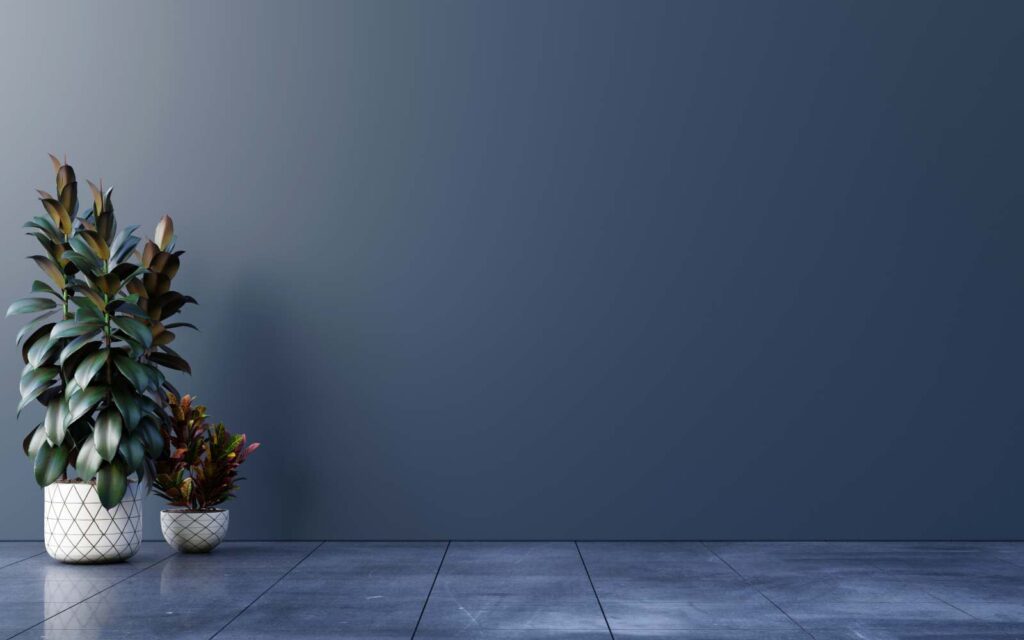
Considerations When Selecting A Plaster Base Coat
Many considerations should be made while selecting a plaster base coat to ensure the best performance and compatibility. Here are the most important things to think about:
Environmental Factors
Think about the weather and surroundings where the project will take place. The ability of a base coat to withstand moisture, temperature swings, and other external conditions varies depending on the type of base coat used. Choose a primer that can stand up to the weather and other elements in the location.
Substrate Form
The choice of base coat is heavily influenced by the substrate's kind and condition. Base coats come in a variety of formulas, each optimised for adhesion to certain surfaces like brick, concrete, and metal lath. If you want your plaster system to stick well and look well, pick a base coat appropriate for the surface below it.
Desired Ending
Think about how you'd like the plaster to look and feel when finished. Several types of base coats have different purposes, such as producing a smoother finish, adding texture, or strengthening the final product. Think about the result you want to achieve and choose a base coat accordingly.
Mechanism Of Application
Think about the approach you'll be taking. Not all base coats need to be applied mechanically; some can be applied by hand. It's important to pick a base coat that works with the application technique you'll be using.
Suggestions From The Manufacturer
While choosing a base coat, it is crucial to follow the manufacturer's instructions and suggestions exactly. In-depth instructions on proper application, dilution rates, and other factors are provided by the manufacturer. If a warranty is associated with your purchase, keeping it in good working order requires following the manufacturer's guidelines.
You can opt for a plaster base coat with confidence if you keep these things in mind. This can help you get the best results in your project's unique conditions, including substrate compatibility, desired appearance, and high performance.
Frequently Asked Questions About Plastering
The drying time of a plaster base coat depends on various factors, including the type of base coat, thickness of application, and environmental conditions. Generally, it can take anywhere from a few hours to several days for the base coat to fully dry.
While it may be possible to apply a finish coat directly, it is not recommended. A plaster base coat provides a stable and level surface, improves adhesion, and enhances the durability of the overall plaster system.
Some base coats are suitable for both interior and exterior applications, while others are specifically formulated for either one. It is important to choose a base coat that is designed for the intended application to ensure optimal performance.
While it is possible to apply a plaster base coat yourself, hiring a professional plasterer or contractor is often recommended for larger projects or when working with complex surfaces. Professionals have the experience and expertise to ensure a successful and high-quality application.
Regular maintenance is recommended to keep the plaster base coat in good condition. Perform visual inspections periodically and address any minor damages promptly. Additionally, clean the surface as needed to remove dust or dirt buildup.
Common Problems And Troubleshooting
Problems might emerge when applying a base coat of plaster, and fixing them is part of the job. Several frequent issues and their potential answers are listed below.
- Cracking: Inadequate curing, incorrect mixing, or excessive movement inside the substrate can all lead to cracking in the base coat. Make sure the base coat is correctly blended per the manufacturer's guidelines to avoid cracking. Make sure the substrate is solid and give it enough time to cure.
- Blistering: Moisture trapped within the plaster can induce blistering, in which bubbles and blisters form here on the outermost layer of the base coat. Ensure the substrate is clean before applying a base coat to prevent blistering. Let moisture escape by opening windows and doors throughout the curing process. If blistering develops, it could be necessary to cut out the damaged skin and patch it up.
- Poor Adhesion: Delamination or detachment can occur if the base coat does not adhere well to the substrate or the finish coat. Before applying your base coat, ensure the surface has been properly prepared by washing and priming. If necessary, use the bonding agents and additives that have been suggested. Poor adherence may necessitate scraping away the loose bits and reapplying this base coat to the affected area.
- Uneven Drying: As the base coat dries unevenly, it can look spotty or lose its structural integrity. Maintain stable temperature and humidity levels throughout the drying process to ensure uniform drying. If the base coat is applied too thickly, it may dry unevenly. To speed up the drying process, ensure adequate ventilation and airflow.
It's worth noting that different situations and types of base coats call for different approaches to troubleshooting. If you're having problems with your plaster base coat, it's best to consult a professional plasterer or look at the manufacturer's instructions for help. A successful plastering job can be ensured if problems are dealt with quickly, and corrective actions are taken.
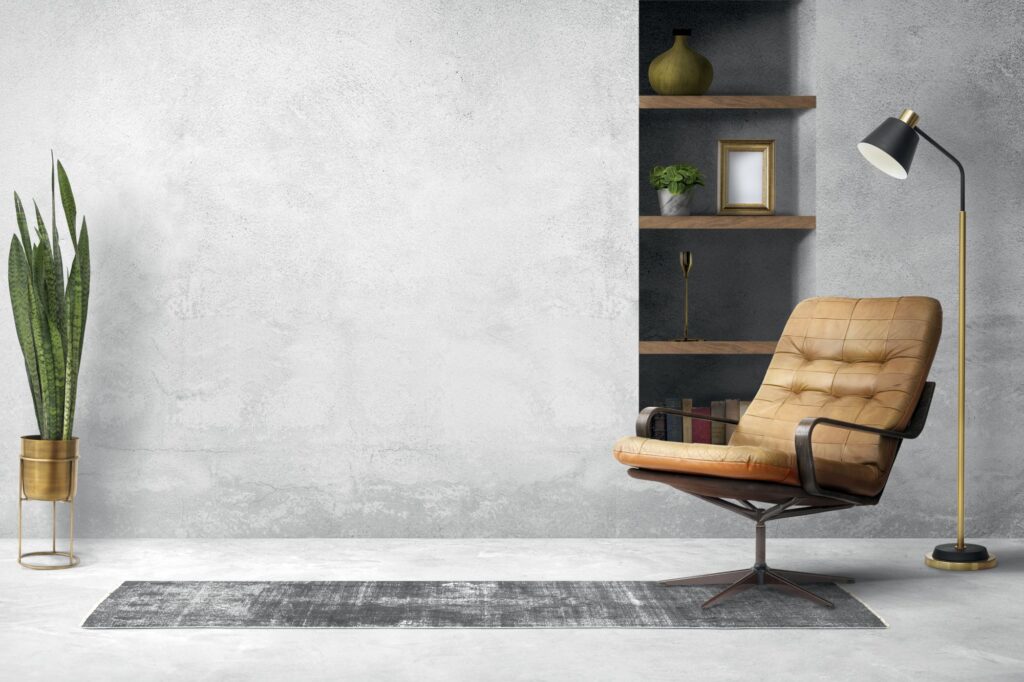
Plaster Base Coat Maintenance And Care
Plaster base coats require frequent maintenance and care to preserve their integrity and lifespan. Some things to remember are listed below.
- Regular Cleaning: Remove dust and filth accumulation from the plaster surface using a soft brush or cloth. Cleaning with strong chemicals or abrasive sponges can scratch the finish and should be avoided. To keep the surface looking fresh and clean, wipe it gently.
- Repairing Minor Damages: Little cracks or chips should be repaired to avoid spreading. Fix it up with the methods and supplies meant for fixing that particular kind of base coat. When fixing something, always go to the manufacturer's guidelines and instructions first.
- Proper Moisture Management: To avoid problems with plaster base coats that are caused by excess moisture, proper moisture control is crucial. Ensure plenty of air circulation and no standing water around the plastered area. Plaster systems should be protected from water leaks and other sources of moisture as soon as possible.
- Avoid Impact and Abrasion: Be careful not to scratch or damage the plastered surface. If you don't want cracks or damage to the finish in the plaster, you shouldn't strike or bang things against it. Take care not to damage the plaster when rearranging the room or moving heavy objects.
- Monitor for Signs of Damage: Look for damage to the plaster base coat, such as fractures, blisters, and delamination. Take care of problems right away to stop any further decline. In the event of serious damage, it is recommended that you seek the advice of a plasterer.
If you take care of the plaster base coat like this, it will last longer and look good. Plastered surfaces can last for years with proper maintenance, including regular cleaning, prompt repairs, humidity management, and gentle handling.
Conclusion
Plastering the substrate with a base coat is an essential step towards achieving a long-lasting plaster finish. It smoothes out the surface by covering up any imperfections and making a good bond between the undercoat and the topcoat. The first layer applied by a plasterer is usually a base coat, which is composed of sand, cement, and water with additives to improve adhesion and workability. A thin layer of plaster is applied with a trowel and a plastering machine to masonry, cement, or drywall. Once the primer has dry, the top coat can be put on top to provide a uniform finish.
Plaster is essential as a foundation coat. It eliminates bumps and unevenness, laying the groundwork for a plaster coating that looks as good as new. Protecting the substrate, increasing insulation and soundproofing, and enabling adhesion are all ways it increases durability. Plaster foundation coats also guarantee uniformity and attractiveness by smoothing out any imperfections.
Surface preparation, base coat material mixing, base coat application, curing, and drying are all steps in the application process. It takes time for the base coat to dry and cure, and that time can vary depending on environmental conditions.
Each variety of plaster base coat has its own set of benefits and drawbacks. It's important to think about the specifics of the project, the location, and the final coat before deciding on a base coat. In order to achieve the greatest results and ensure the base coat is compatible with the top coat, it is essential to mix and apply the base coat as directed. The substrate's kind and condition play significant roles in determining the plaster system's base coat. Different formulations of base coats exist, with improved adhesion on surfaces like brick, concrete, and metal lath.
Think about the final product's intended finish, texture, or strength to help you get there. Some base coats can be applied by hand, thus it's also necessary to consider the application method.
Choose a base coat based on the manufacturer's recommendations, which should include thorough information on how to apply the coat, how much water to add, and other considerations. This guarantees the best outcomes in the specific circumstances of your project, such as substrate compatibility, aesthetic preferences, and optimal performance.
Common issues include cracking, blistering, poor adhesion, uneven drying, and managing moisture effectively. If these problems persist, have a professional plasterer fix them according to the manufacturer's specifications. Rapid problem identification and resolution is essential for a smooth plastering project.
Plaster base coats only endure as long as the care and attention they receive. Maintenance must consist of constant checks for wear and tear as well as regular cleaning, minor damage repair, moisture management, protection from impact and abrasion, and regular inspections. If you adhere to these rules, your plaster finishes will stay longer and look better for it.
Content Summary
- The plaster base coat is crucial for achieving a perfect and durable plaster finish.
- It is also known as the scratch coat and brown coat.
- The base coat creates a uniform surface and ensures a solid connection with the finishing coat.
- Plasterers always start with a base coat for longevity and integrity.
- The base coat is typically made from sand, cement, and water.
- Optional additives can be used to enhance adherence and manipulability.
- The base coat is applied in a thin layer using a trowel or plastering machine.
- After drying, the final coat of plaster is poured for a smooth surface.
- A plaster base coat provides surface preparation by filling gaps and cracks.
- It enhances durability and protects the substrate from moisture and impacts.
- The base coat improves insulation and soundproofing properties.
- It facilitates adhesion between the substrate and the final coat, preventing peeling and cracking.
- The base coat ensures uniformity and aesthetics for an attractive finish.
- Plaster base coats are essential for durability, insulation, soundproofing, adherence, and aesthetics.
- Surface preparation is crucial before applying the final coat.
- The base coat materials include cement, sand, and sometimes lime and gypsum.
- The mixing of base coat materials should follow the manufacturer's guidelines.
- The base coat is applied in horizontal strokes from bottom to top.
- Curing and drying time are necessary for the base coat.
- Precise instructions may vary based on the chosen base coat and the manufacturer's suggestions.
- Plaster base coats include cement-based, gypsum-based, and lime-based options.
- Cement-based base coats are durable and moisture-resistant, suitable for high-moisture areas.
- Gypsum-based base coats offer flammability resistance and a smooth finish.
- Lime-based base coats allow the walls to "breathe" and are flexible.
- Consider environmental factors when selecting a plaster base coat.
- The substrate type and condition influence the choice of base coat.
- Desired finish appearance should be considered when choosing a base coat.
- The application method should be compatible with the selected base coat.
- Follow the manufacturer's instructions and suggestions when selecting a base coat.
- Cracking can occur due to inadequate curing or incorrect mixing.
- Blistering can be prevented by ensuring a clean substrate and proper moisture escape.
- Poor adhesion can be avoided by preparing the surface and using recommended bonding agents.
- Uneven drying can be prevented by maintaining stable temperature and humidity levels.
- Troubleshooting methods may vary depending on the specific situation and base coat type.
- Consult a professional plasterer or manufacturer's instructions for troubleshooting assistance.
- Regular cleaning with a soft brush or cloth is necessary for plaster base coat maintenance.
- Repair minor damages promptly to prevent further spreading.
- Proper moisture management is crucial to avoid problems caused by excess moisture.
- Avoid impacts and abrasion to prevent cracks and damage to the plastered surface.
- Monitor for signs of damage such as fractures, blisters, and delamination.
- Taking care of the plaster base coat ensures its longevity and appearance.
- Plastered surfaces can last for years with proper maintenance.
- Prompt repairs, humidity control, and gentle handling contribute to the longevity of plaster.
- Regular cleaning keeps the plaster surface fresh and clean.
- Different base coat formulas have advantages and disadvantages.
- The weather and surroundings should be considered when selecting a base coat.
- Choose a base coat suitable for the substrate to ensure adhesion and appearance.
- Base coats can be selected based on desired finish characteristics.
- Follow the manufacturer's instructions for application, dilution rates, and other factors.
- Proper maintenance and care can extend the lifespan of plaster base coats.

